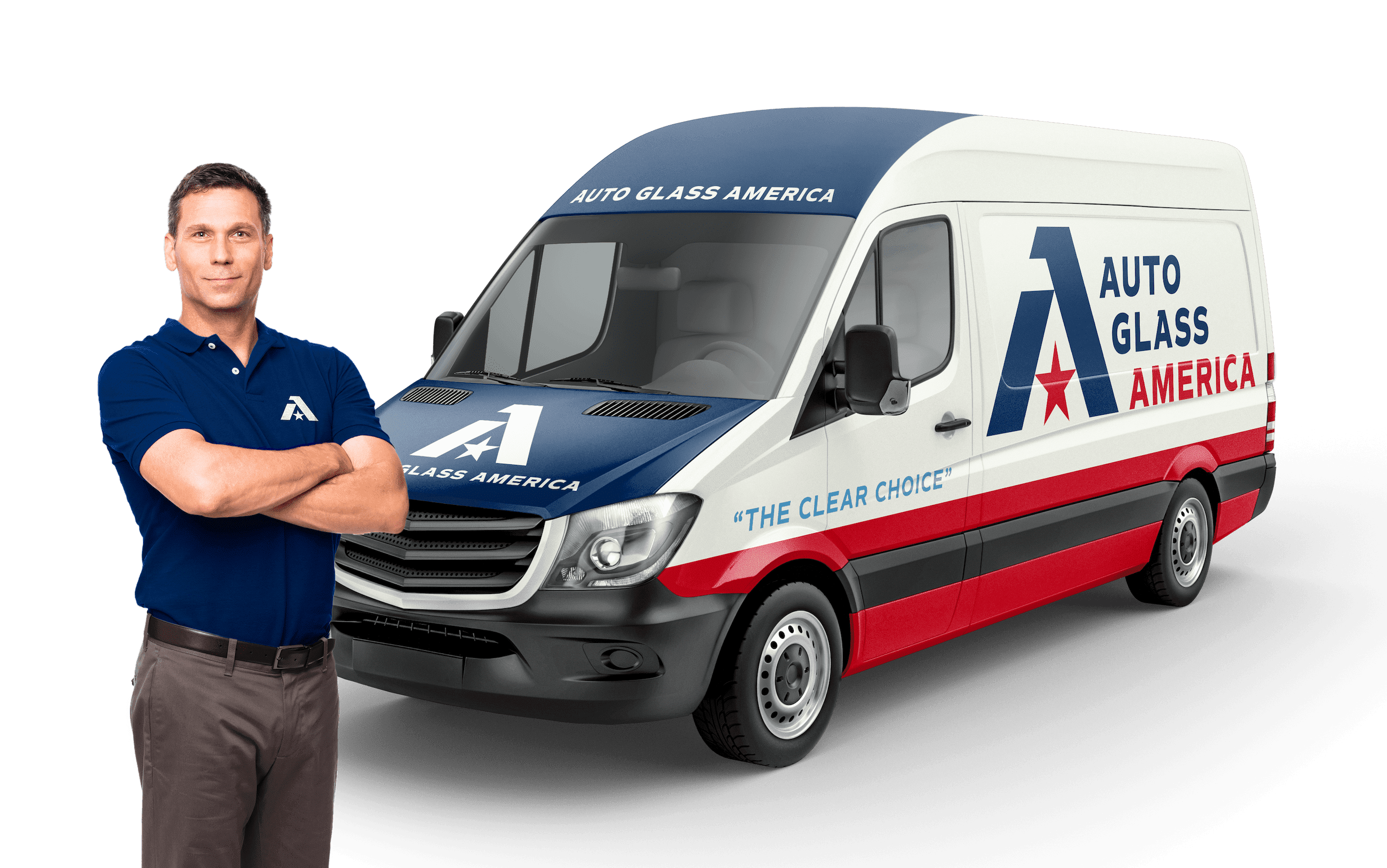An Original Equipment Manufacturer (OEM) windshield is a type of vehicle glass specifically produced by the same company that designed the original windshield for a specific car model. The “OEM” status signifies that the component matches the original part that was initially installed in the vehicle.
What is an OEM windshield
OEM windshields conform exactly to the vehicle’s design, guaranteeing a perfect fit and retaining the original glass’s quality. They uphold the original dimensions, shape, tint, robustness, and any distinctive features such as defroster lines or antenna connections.
Purchasing an OEM windshield typically offers the highest standard of quality and vehicle compatibility, but it may come at a higher cost compared to aftermarket alternatives. Aftermarket windshields are produced by companies other than the original manufacturer and may not uphold the exact specifications or features of an OEM windshield. Nevertheless, they can offer a cost-effective solution when windshield replacement is needed, and the owner is not concerned about preserving the exact original specifications.
Quality and Safety Standards of OEM Windshields
The distinguishing factors between OEM and aftermarket windshields lie in the fact that the former is manufactured to uphold strict quality and safety standards, replicating the original windshield that came with the vehicle.
Quality Assurance: OEM windshields are fabricated either by the car’s producer or entities licensed by the producer, ensuring the replacement windshield mirrors the quality of the original one. This quality is manifested in the glass’s durability, clearness, colour, and special features like tinting or heating elements.
Safety Assurance: OEM windshields comply with the safety guidelines outlined by the Federal Motor Vehicle Safety Standards (FMVSS) in the United States, which encompass elements like transparency, durability, and resilience.
These windshields are designed to:
- Offer a transparent view for the driver, with the windshield not distorting the driver’s vision. This is governed by FMVSS’s regulations on light transmission and visibility.
- Exhibit strength and resilience to contribute to the overall structural stability of the vehicle. In numerous cars, the windshield assists in preventing the roof from collapsing during a rollover accident. They are also constructed to withstand impact and resist easy shattering.
- Cooperate with the vehicle’s airbag system. When an airbag is released, it can impact the windshield at a high speed. The windshield needs to be robust enough to absorb the impact and direct the airbag towards the passenger.
Consistency and Compatibility: As OEM windshields are constructed in accordance with the exact specifics of a particular vehicle model, a consistent fit and function are guaranteed. This assures the vehicle’s various systems, such as automatic wipers or heads-up displays, interface seamlessly with the windshield.
Regulation and Certification: OEM manufacturers undergo regular audits and scrutiny by car manufacturers and relevant safety authorities, ensuring their continuous adherence to safety and quality standards.
Opting for an OEM windshield guarantees a product that fulfills rigorous safety and quality standards, offering peace of mind that the replacement windshield mirrors the quality of the original one.
Why Do OEM Windshields Cost More?
Upon noticing the price of OEM windshields, one might question the higher cost. The reasons are many.
Quality and Precision: OEM windshields are fabricated to precisely match the original equipment’s specifications. This encompasses the exact shape, size, durability, and any other features included in the original windshield. The high degree of precision, quality management, and proprietary technology often results in a higher cost.
Material: The materials employed in OEM windshields are typically superior to those used in aftermarket windshields. They often exhibit better transparency, durability, and might also be more impact resistant.
Licensing and Trademark: OEM manufacturers must acquire a license to produce windshields identical to the original. The cost of obtaining these licenses likely translates into higher prices for consumers.
Research and Development: Auto manufacturers invest substantially in research and development to ensure the windshields used in their vehicles meet high safety and performance standards. The cost of this R&D is often reflected in the price of OEM parts.
Compatibility and Integration: OEM windshields are designed to work flawlessly with a vehicle’s other systems, like advanced driving assistance systems (ADAS). This high level of integration often demands advanced production methods, which can add to the cost.
Brand Premium: At times, you are also paying for the brand name associated with the OEM. While this is seen as a mark of reliability and quality, it can increase the cost. Despite the higher cost seeming like a drawback, many vehicle owners find value in the exact fit, superior quality, and peace of mind that come with installing an OEM windshield.
Takeaway
The higher cost of an OEM windshield is a testament to its exceptional quality, perfect fit, and superior materials used in its construction. When contemplating a windshield replacement, these factors must be balanced against your budget to make the most suitable choice for your vehicle and safety.






